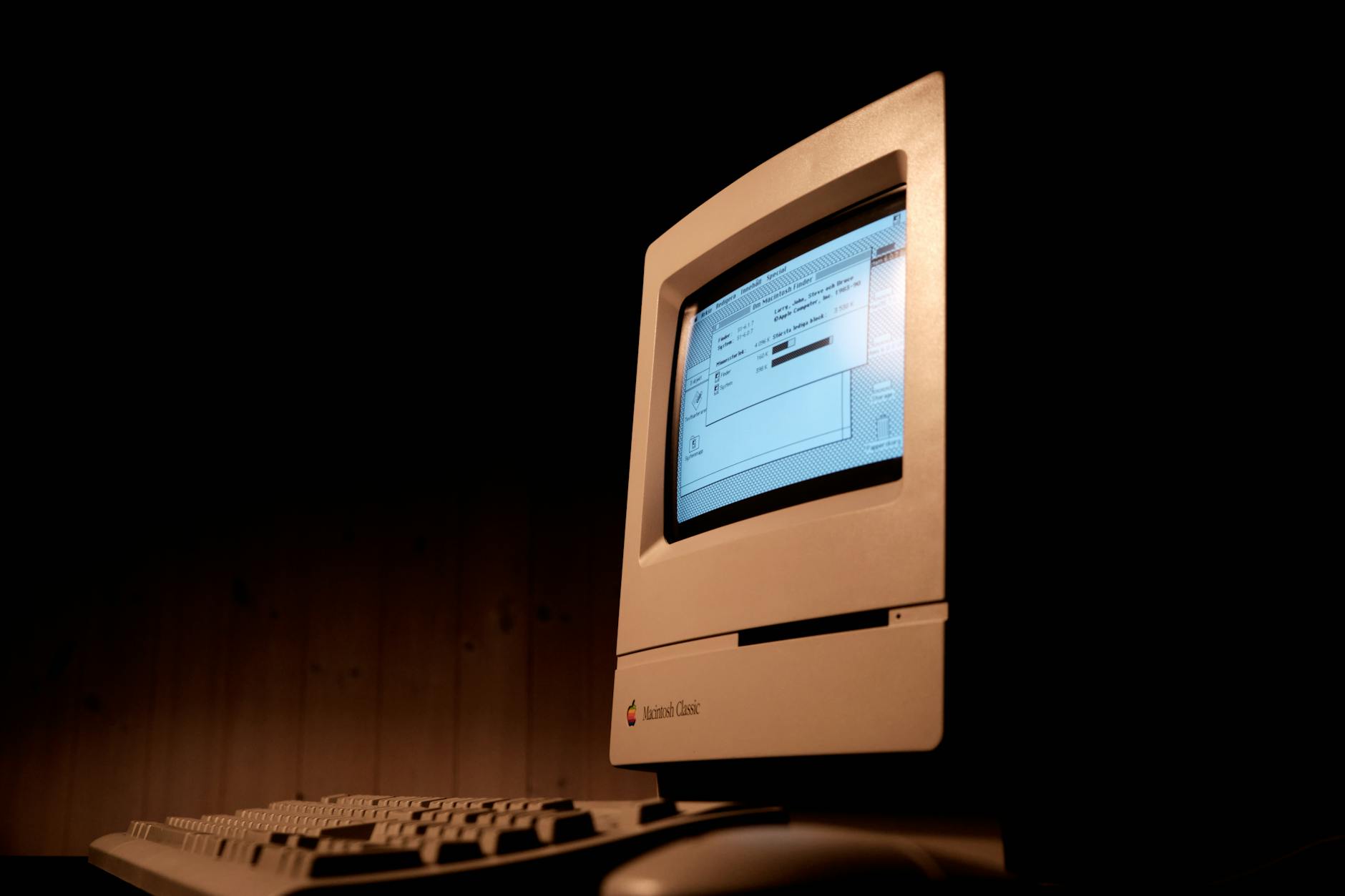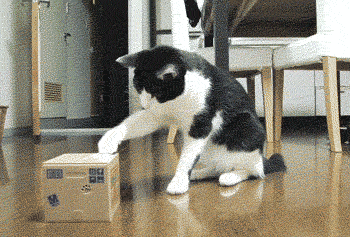Merriam-Webster defines nostalgia as:
A wistful or excessively sentimental yearning for return to or of some past period or irrecoverable condition.
This definition is kind of depressing! But it captures the main things I’m interested in when it comes to nostalgia:
- yearning
- sentimentality
- wistfulness
When I get nostalgic, it’s usually because I’m thinking about something pleasant from my past, and not recent past, but a time long enough ago that it feels good and gone now. An irrecoverable condition, one might say.
However, if I start chipping away at a particular bit of nostalgia, the imperfections of the past reveal themselves. I see the things that were less than ideal, the stuff we’d think of as archaic or even unacceptable today.
But are there things that really were better back in my youth, which was primarily in the 1970s and 1980s? When I came up with the premise of this post, I didn’t have an answer, I wanted to start writing and see if something obvious came to mind.
Nothing has so far. I remember the overall feel of my childhood, which was relatively safe, pleasant and uneventful. I have oodles of good memories, and the bad ones–and there are bad ones–have been blunted by time, and most of them were not that bad to begin with. Fights (verbal, never physical) with friends over stupid things. Having a crush and being thus crushed. Sometimes they were more tactile: finding out what happens when you ride a bike with no feet and hands (you crash).
But what about something specific, something where I can say, “This [thing] in 1975 was way better than today, in 2024”? Also, good lord, that’s almost 50 years. I feel a little better knowing I still hadn’t hit puberty in 1975, at least.
The more I think about it, the more I come to realize it wasn’t something that existed back in the 70s or 80s that was better than today, it’s the opposite–the absence of something. And the most obvious one that comes to mind is social media.
I appreciate the irony of writing that on a blog.
There are lots of great aspects to social media, but its ills form a long and well-known list. For the moment, leave aside the potentially addictive nature, the negative effects on culture and specific peoples, the things we all know are bad about social media.
When I cast my mind back to 10-year-old me in 1975, what did I do during my free time after school or on the weekends? I’d hang out with friends, playing board games, or the very first video games (yes, including Pong), riding bikes, play-acting (usually based on some current TV series or movie). I’d draw comics or write stories, or listen to music. Sometimes I’d just read a book or magazine. And it’s when I think of that last category–reading–that makes me appreciate the difference between the world back then and now. News came in slower. I learned about contemporary issues and ideas through magazines. There was TV, too, but even that was restricted to a handful of channels.
And books! I would spend hours just quietly reading, lost in imaginary worlds, or being enthralled by breathless “non-fiction” covering the nonsense I loved as a kid–monsters, ghosts, UFOs, Bigfoot1I’ll grant that not everyone will see these things as nonsense. Heck, even I’m still not sure what’s up with UFOs.. And the thing about reading was the sense of quiet. The world moved, but the pace felt deliberate (also allowing for the difference in how time is perceived when you’re a kid).
That quiet simply doesn’t exist in 2024, unless you make a concerted effort to isolate yourself or head to a place where you can be reasonably confident you will be left alone, just you, your thoughts and a smartphone that can’t get reception.
So that sense of quiet, that’s something that was better in the olden times. I’m not sure how well I’ve explained it. I may revisit this post later. I’ll make a note2Seriously, I’m adding it to my reminders app. In olden times, this would have gone on a slip of paper that I would inevitably lose..













